Sustainable Living Marketing Tactics: Turning Intent into Everyday Action
Selected theme: Sustainable Living Marketing Tactics. Welcome to a friendly, practical hub where brands and creators learn how to spark real-world eco habits, tell honest stories, and grow communities that choose better by default. Subscribe for field-tested ideas, templates, and weekly inspiration.
Know Your Eco‑Minded Audience
Segment by behavior and context, not just beliefs: refillers on a budget, convenience seekers curious about zero waste, mission-driven early adopters. Map barriers like time, price, and knowledge. Tell us which segment feels most urgent for your brand right now.
Know Your Eco‑Minded Audience
Ask what progress people want: saving money, reducing plastic guilt, simplifying routines, teaching kids. Probe trade‑offs, triggers, and switching moments. Try two interviews this week, then report back what surprised you most about sustainable purchase decisions.
Know Your Eco‑Minded Audience
Ditch the vague “Eco Emma.” Quantify commuting patterns, refill frequency, repair likelihood, and willingness to delay gratification. Publish your assumptions, run a quick survey, and refine. Subscribe to get our lightweight persona template tailored to sustainable living.
Truthful Messaging, Zero Greenwash
Swap vague promises for specifics: percentage of recycled content, refill return rate, carbon intensity per unit. Link to plain‑English methodology pages and independent verification where possible. If you chose a less perfect option, explain why and what improves next.
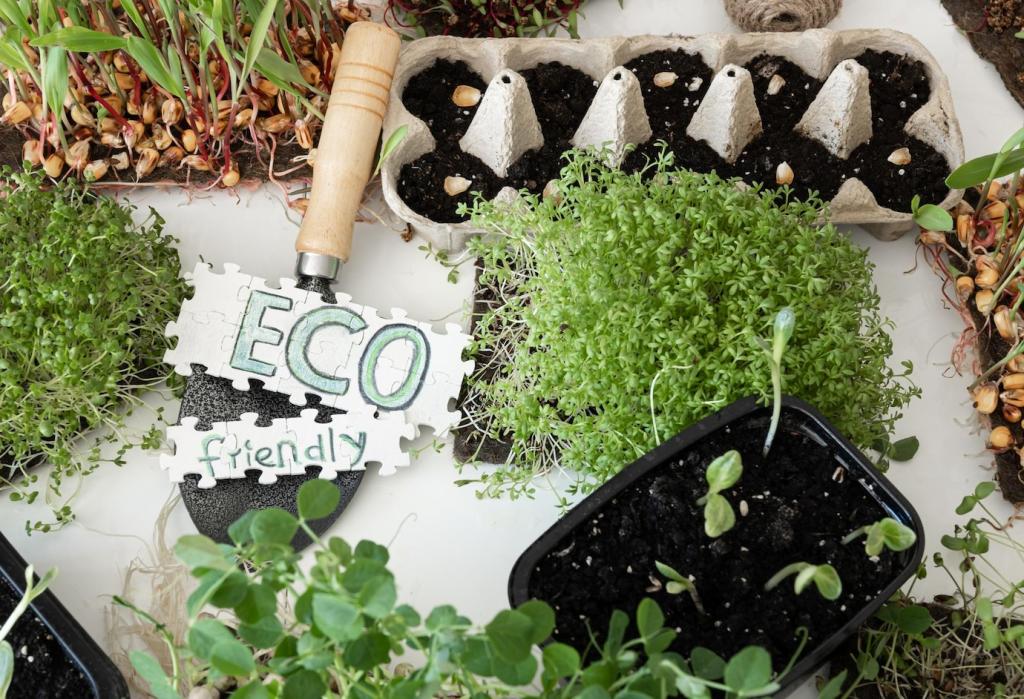
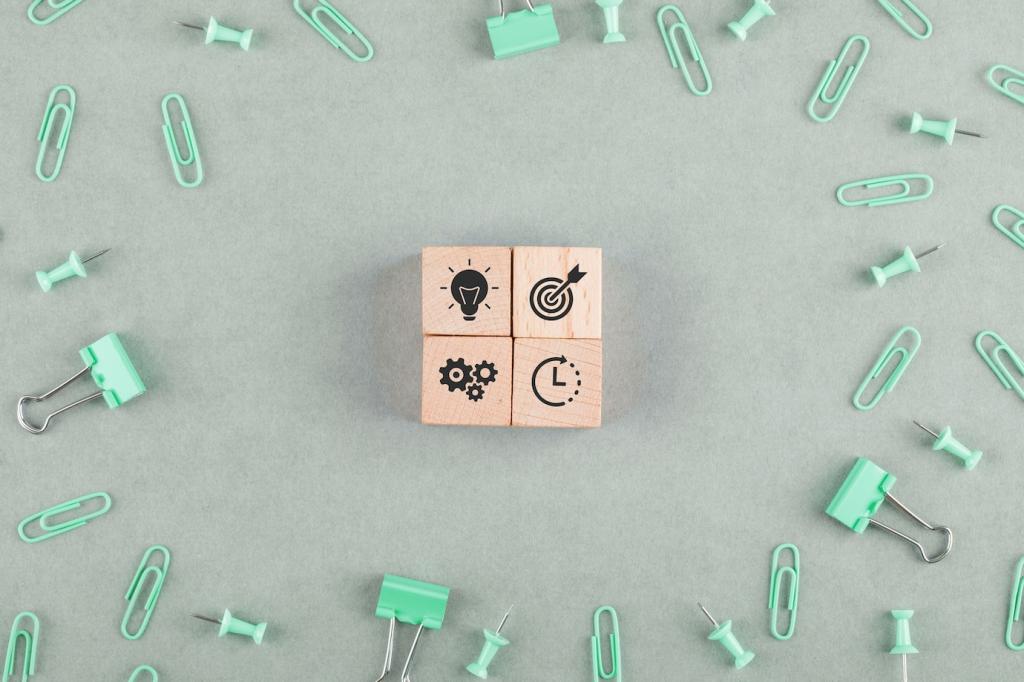
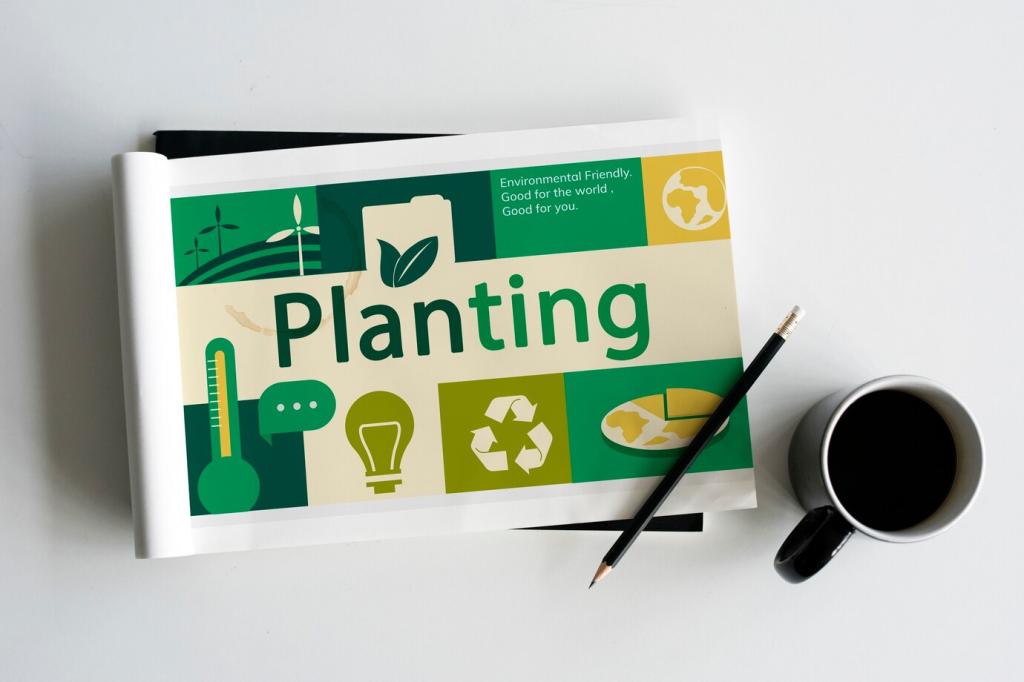
Stories That Change Habits
Highlight small wins that add up: a parent switching to refills saves countertop clutter, money over three months, and thirty bottles from the bin. Keep the arc simple: problem, choice, result, feeling. Invite readers to share their first small victory.
Stories That Change Habits
Prompt customers for short videos of refill routines, repair fixes, or compost setups. Offer meaningful recognition, not just discounts. Run monthly challenges and reshare the most helpful entries. Ask your audience what challenge theme would excite them next.
Channels and Touchpoints That Reduce Friction
Create pages answering “how to recycle X,” “best refill near me,” and “plastic‑free gift ideas.” Use FAQs, schema, and lifecycle details. Offer a simple lead magnet like a home audit checklist. Tell us which query you’ll tackle this week.
Channels and Touchpoints That Reduce Friction
Build sequences with tiny actions: set refill reminders, repair a zipper, batch errands. Include checklists, reward streaks, and stories from peers. One brand cut unsubscribes by focusing on helpful nudges. Reply with your best performing email and why it worked.
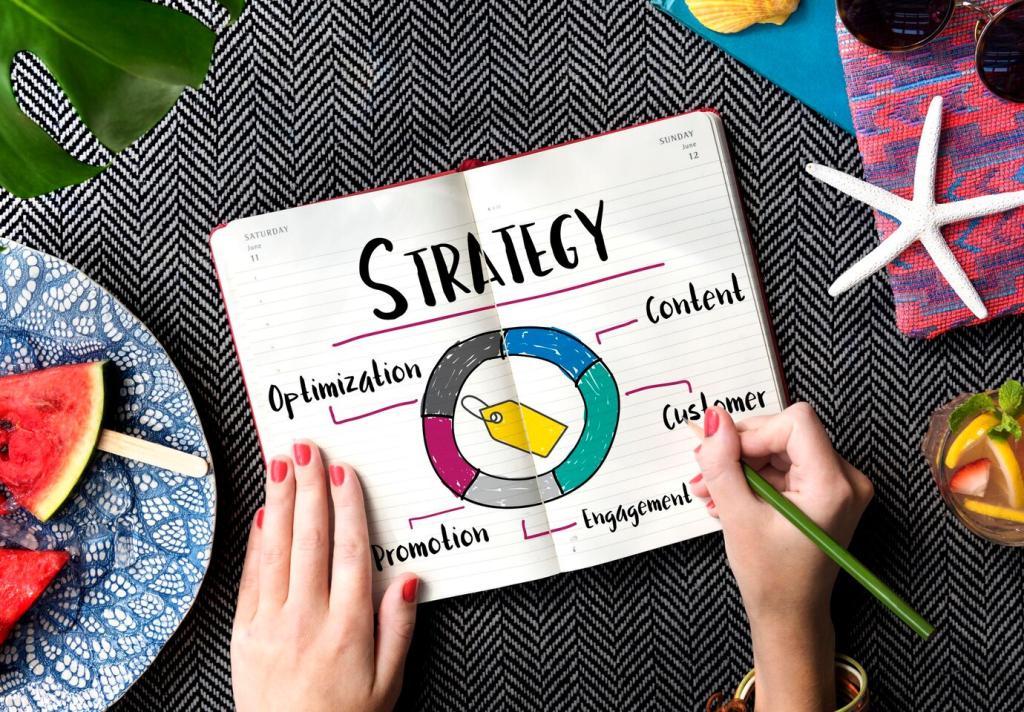
Behavioral Science for Sustainable Choices
Preselect low‑carbon shipping with clear explanations, allow easy opt‑out, and celebrate the choice. Invite customers to sign a simple pledge and show progress over time. Track conversion shifts and share your results with the community for collective learning.

Behavioral Science for Sustainable Choices
Show real, nearby behavior: “412 neighbors refilled this week,” not vague global claims. Pair with a friendly face or micro‑testimonial. Rotate neighborhoods to avoid fatigue. What authentic proof point could you surface without exaggeration or pressure?
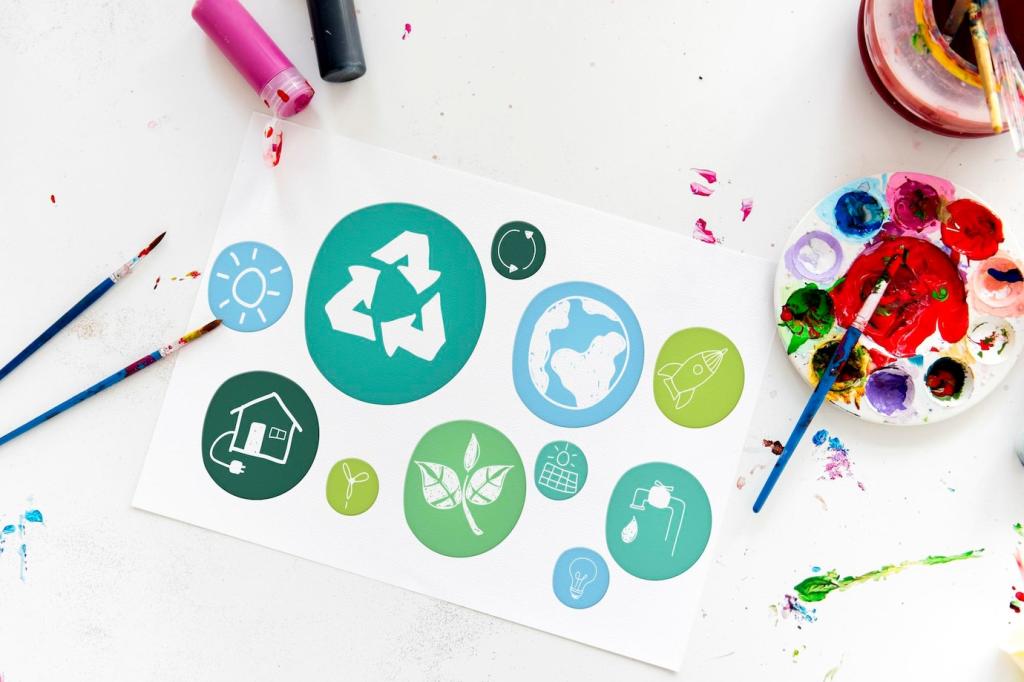
Measure What Matters and Report It Clearly
Monitor refill revenue share, return rates, average order value from repairs, and churn reductions from subscription refills. Pair with CO2e avoided and waste diverted. Keep methods consistent and defensible. Which metric will you put on your team dashboard first?
